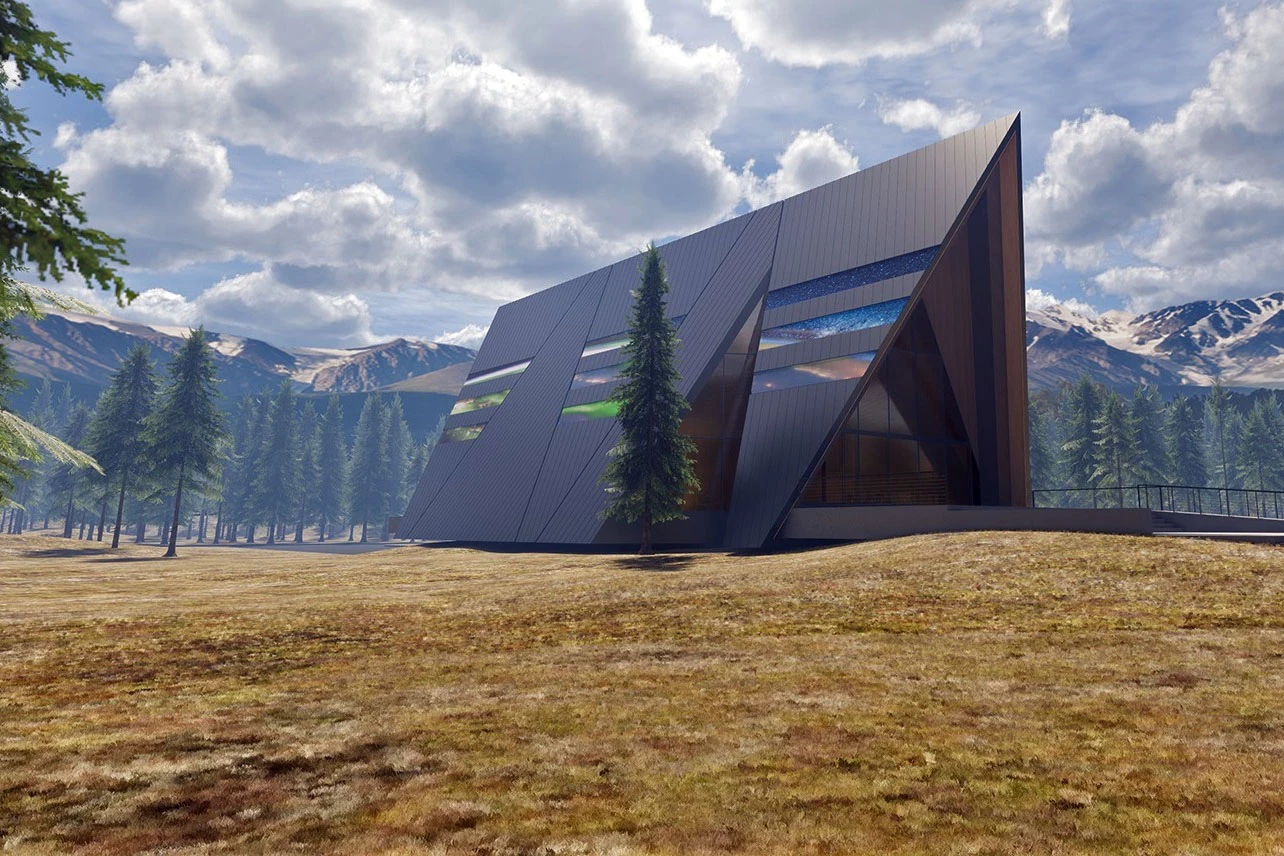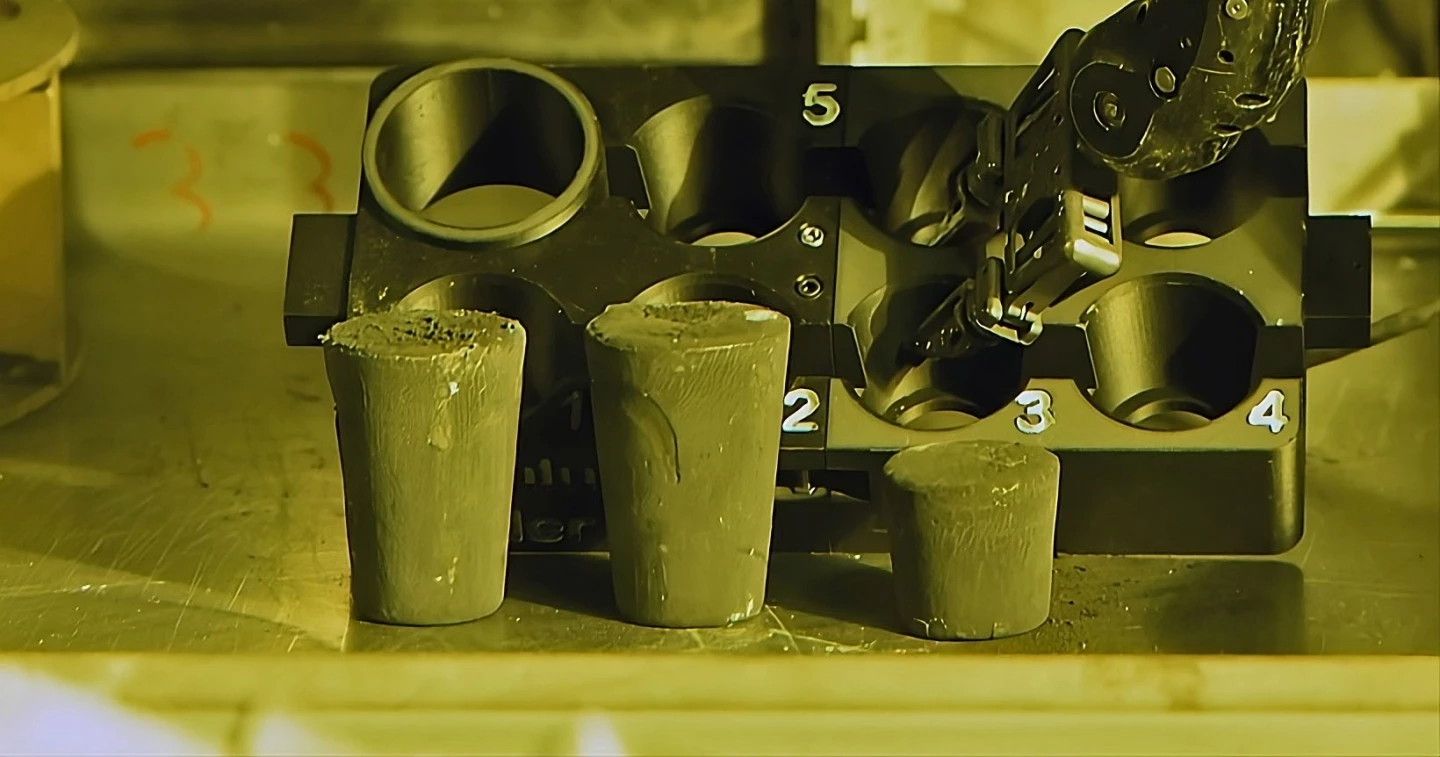How would you like to visit your local nuclear power facility and maybe go for a swim in its indoor pool? Or hang out and look at art ... Maybe even just sit with friends and enjoy a cup of coffee in the warm glow of nuclear power?
With backing from Sam Altman, the CEO of OpenAI and makers of ChatGPT, Oklo Inc. – a company that recycles nuclear fuel and uses it in its nuclear fission microreactor dubbed Aurora – says this will be possible. Not only possible, but in Oklo's plans.
As Aurora's design is tailored towards remote areas, Oklo imagines the reactor site serving as a community hub. Locations where winters can be long and bitter often impact the mental well being of residents. By adding this type of comfortable social venue, Oklo considers it to be another added benefit.
For those of us who were alive during the 80s and 90s, the thought of swimming in an indoor pool at your local nuclear power plant probably gives us mental images of Homer Simpson eating glowing green donuts. Oklo assures us that it is entirely safe. Not only will it be safe, but the microreactor will produce almost exactly zero greenhouse emissions, nor will it produce nuclear waste. By using recycled nuclear fuel, it actually lessens the amount of existing nuclear waste.

The microreactor is designed with a sort of "fire-and-forget" ideology for the most part. It's called a "microreactor" not only for its small footprint but also for its small output at 1.5 MW – enough to power around 1,000 homes in ideal conditions. It differs from a Small Module Reactor (SMR), which is designed for roughly 50-125 MW of output. Traditional nuclear reactors can output as little as 500 MW up to the gargantuan Kashiwazaki-Kariwa Nuclear Power Plant in Japan which outputs 8,200 MW (8.2GW).
"It's designed to run continuously for up to 20 years before needing to be refueled."
The Aurora microreactor has passive safety features and a sealed core. It has no moving parts and can cool itself and shut down without human intervention. It's designed to run continuously for up to 20 years before needing to be refueled. Rather than using a pair of forceps to pull out a green glowy rod – again, à la Homer Simpson – the entire core is simply removed and replaced with another sealed core containing the next batch of recycled nuclear fuel.
The Aurora uses high-assay low-enriched uranium-235 fuel (HALEU) in a fairly unique fast reactor design – that is, it uses high-energy neutrons to maintain the nuclear chain reaction. Traditional nuclear reactors use a moderator (typically water) to slow down neutrons to make chain reactions more manageable, stable, and with higher probability, given that they're using a much lower enrichment of 3-5% uranium-235.
A byproduct of nuclear fission is heat. The Aurora is equipped with waste heat utilization components to maximize its efficiency as high as 90% overall. Heat exchangers can transfer heat to secondary systems where it can be applied to other practical uses like heating nearby buildings, desalination process to convert seawater into freshwater, pasturizing, and greenhouses. Or industrial applications like chemical manufacturing or the production of materials. The list goes on.
The Aurora is housed in a very non-traditional "nuke-like" building. There are no huge cooling towers often associated with nuclear power plants. Instead, it's a simple A-frame building the size of a small house that looks much more like a miniaturized fancy alpine ski lodge. Solar panels on the roof help power the facility's non-nuke systems like control panels and monitoring systems making the site nearly entirely self-sufficient.
And that's Oklo's goal: to be deployed in remote regions where traditional nuclear reactors are impractical or impossible; Isolated and remote communities, military installations and research outposts.

Its inaugural deployment is to be near the Idaho National Laboratory (INL) west of Idaho Falls. In 2020, INL announced it would provide Oklo with access to five tonnes of recovered spent nuclear fuel from the EBR-II reactor to develop and demonstrate the Aurora microreactor. The HALEU recovered from the EBR-II will go through a molten salt bath and electrolysis to be cleaned before it is mixed with low-enriched uranium (LEU) and cast into small circular ingots.
The US Department of Energy has just greenlit Oklo's conceptual design of the Aurora Fuel Fabrication Facility and Oklo plans to have the first commercial Aurora power station online by 2027.
Currently, there are zero microreactors deployed in real-world applications, though other companies like the Westinghouse eVinci microreactor are nearing deployment in the coming years as well.





